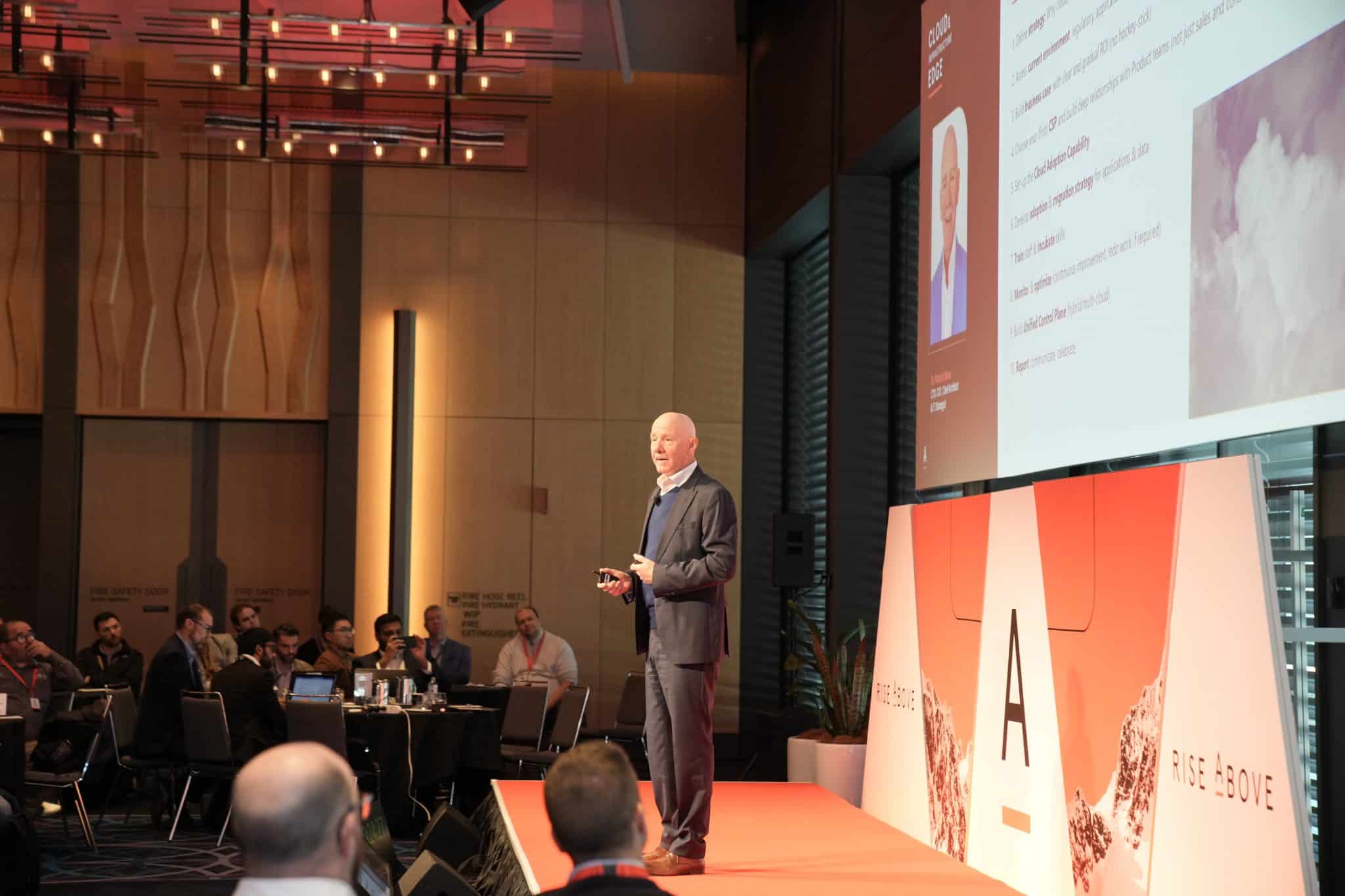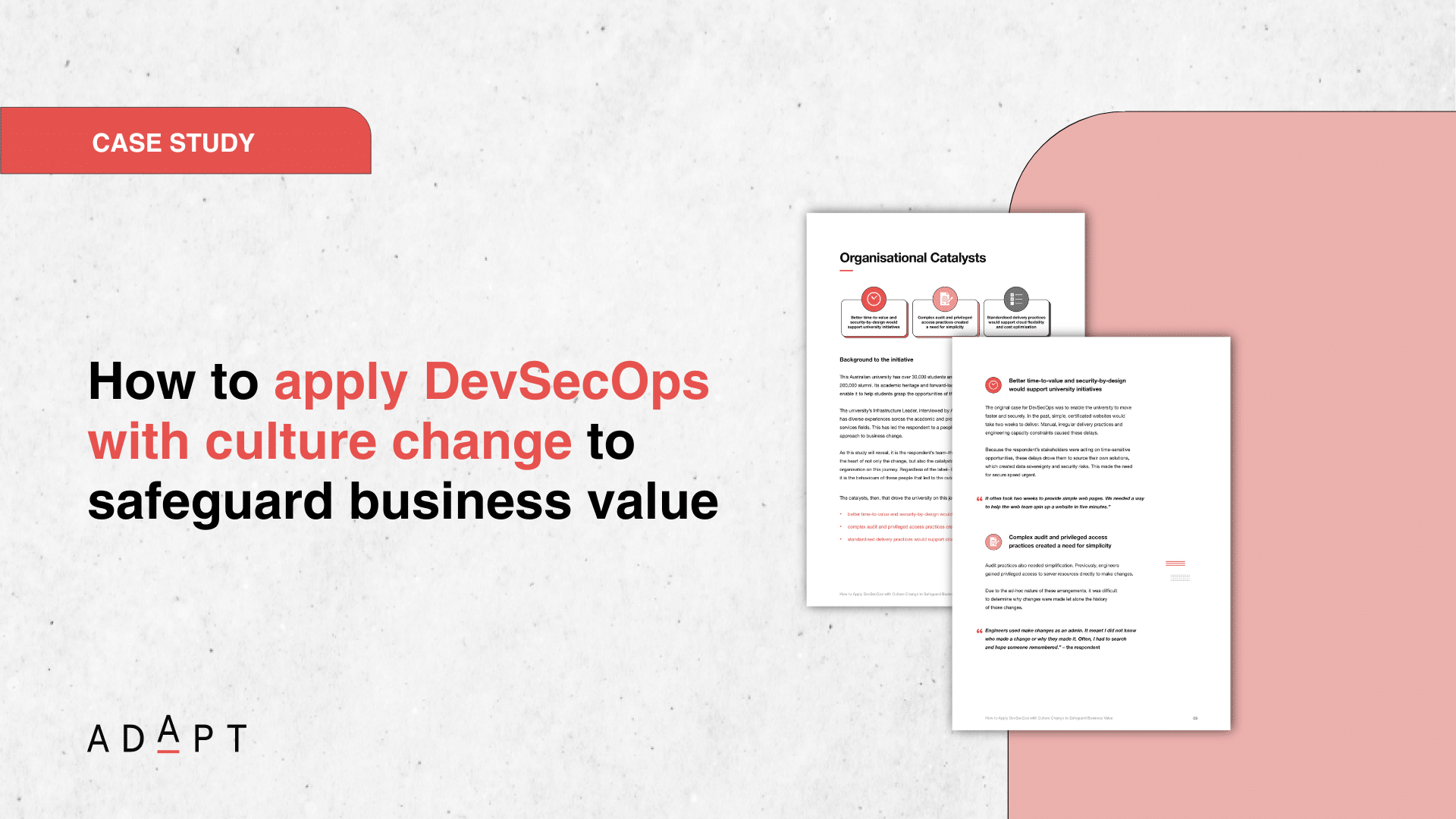Credit Suisse’s former CIO on which cloud strategies actually work
In his Cloud and Infrastructure Edge keynote presentation, Dr Patrick Maes - CTO, CIO, Chief Architect & IT Strategist, shares his dual experiences as a chief architect at a global financial institution and as the ex-chairman of the European Banking Federation Cloud Forum.In his Cloud and Infrastructure Edge keynote presentation, Dr Patrick Maes – CTO, CIO, Chief Architect & IT Strategist (formerly at Credit Suisse), shares his dual experiences as a chief architect at a global financial institution and as the ex-chairman of the European Banking Federation Cloud Forum.
He highlights the early success and subsequent stagnation of cloud adoption in Europe. Patrick acknowledges the impressive 50% modernisation rate in Australia.
He introduces “Swapo,” an industry-led organisation he helped found, which creates a code of conduct for data portability and cloud switching, adopted by major CSPs like Google, AWS, and Microsoft.
Understanding the S-curve in technology adoption is essential, drawing parallels with the consumer space’s complete adoption of smartphones versus the enterprise’s struggle with legacy technologies.
Patrick discusses the complexity of cloud adoption in enterprises, using his experiences at AXA and as an external advisor to Bain to illustrate common challenges.
He categorises cloud adopters into avoiders, migrators, explorers, and strategic value creators. Most companies see cloud as an IT activity rather than linking it to business strategy.
He stresses the need for a comprehensive cloud adoption capability, including strategy, application inventory, business case development, deep CSP relationships, and a unified control plane.
He highlights initial failures with AWS to successful reboots with Microsoft, emphasising the importance of a clear migration strategy, skills development, and the systemic adoption of PaaS and SaaS solutions.
Proper planning, governance, and continuous optimisation are essential to achieve successful cloud migration and align it with business outcomes.
The importance of reserving on-premises capabilities for core business functions that differentiate the organisation highlights the need to involve all relevant parties, including technology, business, risk and compliance, regulatory, data, and HR, in the cloud strategy.
Sponsorship at the executive level and the inevitability of multi and hybrid cloud environments due to SaaS solutions’ hosting limitations is important.
While cost reduction is challenging, the focus should be on enhancing functionality and innovation.
People and skills in technology transformation play a critical role. For successful implementation, continuous improvement and multi-year funding commitments are necessary.
Key takeaways:
Comprehensive cloud strategy and involvement: Effective cloud adoption requires the involvement of all relevant parties, including technology, business, risk and compliance, regulatory, data, and HR, to ensure a comprehensive and cohesive strategy.
Continuous improvement and multi-year funding: Successful cloud adoption demands continuous optimisation, skills development, and multi-year funding commitments to ensure a clear migration strategy and alignment with business outcomes.
Industry collaboration and standardisation: The creation of industry-led organisations like “Swapo,” which develops codes of conduct for data portability and cloud switching adopted by major CSPs, is crucial for facilitating smoother transitions and maintaining flexibility in cloud environments.





























